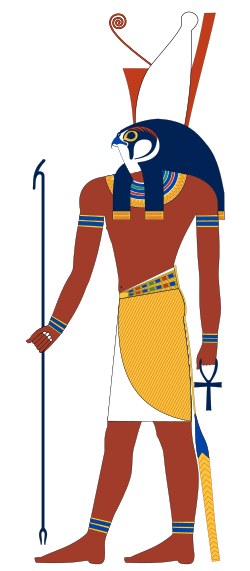This article needs additional citations for verification .(September 2018) |

Avian humanoids (people with the characteristics of birds) are a common motif in folklore and popular fiction, mainly found in Greek, Roman, Meitei, Hindu, Persian mythology, etc.


